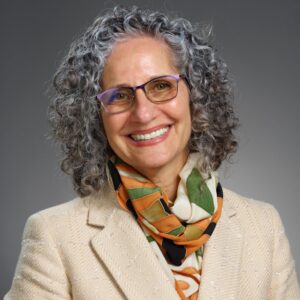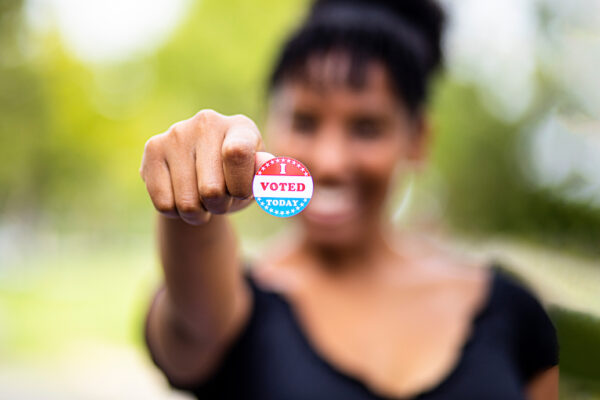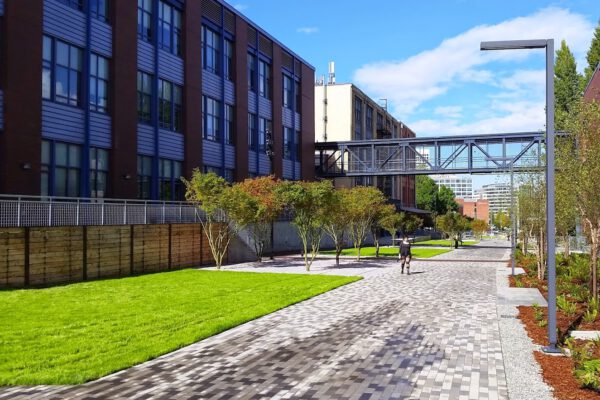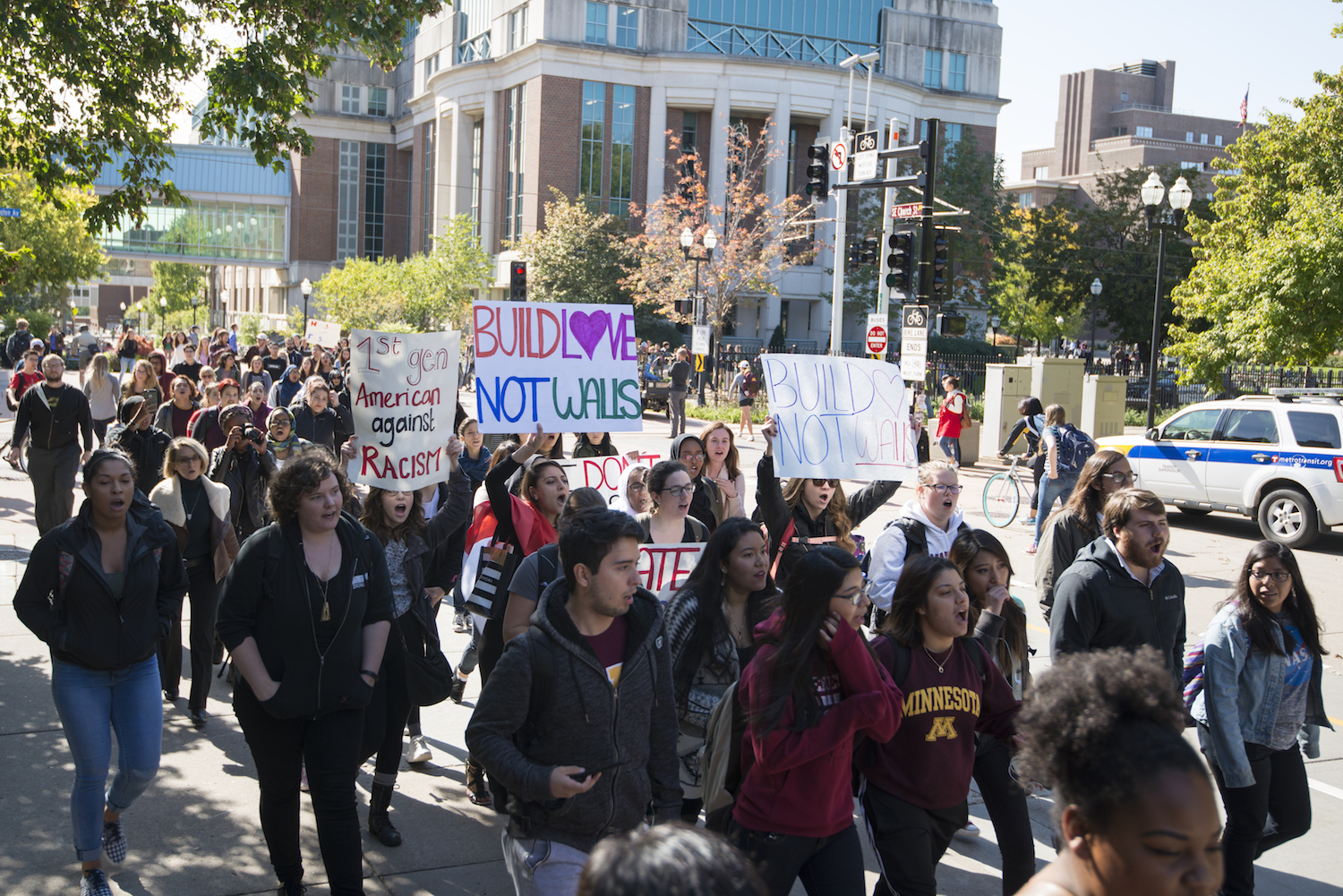Elections always present a unique chance for university leaders to transform their campus into a space for constructive dialogue, educational opportunities, and critical thinking. In 2024, as divisive election rhetoric intensifies, we have a greater responsibility than ever to foster a culture of civil discourse on our campuses.
A presidential election year is a perfect opportunity to lean in on pressing topics and the candidate’s perspectives—and to learn how students and faculty can best understand the candidates, their platforms, and the issues. Through this process, students can become proficient critical thinkers and draw their conclusions on which candidate they believe will best represent their interests. Our responsibility is to provide models and create spaces for practice and discussion, allowing students to navigate the complexities of our social media-driven world with civility and objectivity.
During my university presidency from 2011 to 2023, there were three hotly contested presidential campaigns: In 2012 with Obama/Biden vs. Romney/Ryan; in 2016 with Trump/Pence vs. Clinton/Kaine; and in 2020 with Biden/Harris vs. Trump/Pence. As I look back on each of these campaigns, there were several opportunities to discuss the candidates and their issues within the classroom and in co-curricular events, this did not happen regularly or have as broad participation as possible.
As the president, I believe I could have strategically encouraged three things: (1) faculty to embed these presidential discussions into course curricula; (2) opportunities to bring the campus together in public forums to discuss the candidates and their platforms; and (3) opportunities to bring the external community to campus to add to and participate in these debates and conversations.
Embed presidential discussions into course curricula
I learned that rather than randomly letting these educational opportunities occur, initiated by whoever may be interested or have their own agenda, it would be more beneficial to the students, faculty, staff, and the greater community to have a year-long series of debates and discussions that augment classroom curricula and bring external community members to campus to share their knowledge and expertise.
When I think of the debates that occurred on my campus during those presidential races, I am struck by several things. There could have been “rules of engagement” introduced that were followed and would have led to healthier debates and put more participants at ease to share their perspectives (whether they were aligned with the majority or the minority perspective). If this had occurred, students would have more fully learned the communication tools to conduct their own debates among their friends and colleagues at that time and also to employ these tools when they were in heated discussions post-graduation. Those with minority or dissenting perspectives could have had the opportunity, without judgment, to share their perspectives. There could have been weekly or monthly series of topics/discussions around the election that could be debated as well as incorporated into the classroom curricula.
Bring the campus together to discuss the candidates and their platforms
One of the public events at the university that was most meaningful to me during the 2016 presidential campaign was sponsored by the University’s Debate Team.
The student debaters were assigned a “hot topic” that was central to the presidential candidates and their platforms. The debate students followed the rules of debate where they each presented their cases, rebutted one another, and then made their closing arguments. Following the debate, the audience was invited to ask questions. The first question a student in the audience asked was whether the student debaters were personal supporters of the stances they took.
The debaters each said that their job was not to become emotionally or personally involved with the topic but rather to research the perspectives they were assigned and then present their perspectives grounded in facts, research, and substance. The students, faculty, staff, and community members in the audience were struck by how healthy the debate was, how much they learned, and that these tools could be useful in their own personal and professional lives.
Bring guests to campus to add to and participate in these debates and conversations
My academic training in intercultural communication grounded me in the belief that open, authentic, and civil discourse is the key to effective communication and crossing lines of difference, gaining additional perspectives and empathy for the other, and not being stuck in my own opinions.
Should you, as president, wish to encourage your campuses to use this year of electoral campaigns as an opportunity for faculty, staff, students, and community members to strategically learn from each other, share thoughts, and gain effective communication skills, some several websites and articles contain some of these tools that can be easily incorporated into course curricula as well as public events. These include:
Leading Culturally Sensitive Classroom Discussions
As mentioned in my prior posts, we as presidents must lead by example to ensure that our institutions are thriving communities where every faculty, staff, and student says, “This is exactly where I belong.” In the context of this year’s presidential elections, we can do this by ensuring that our campuses are havens for students to learn and demonstrate critical thinking, healthy conversations, perspective-taking, and productive communication.
If you have any questions or comments about this blog post, please contact us.



